Analysis of Personal Communication Style in Organizational Setting
VerifiedAdded on 2023/06/07
|5
|904
|262
Essay
AI Summary
This essay provides a reflection on personal communication styles and conflict resolution methods within a modern, Weberian organizational context. It explores the importance of effective communication in bureaucratic structures and the potential problems arising from miscommunication. The author discusses their preference for an informal communication style with a touch of formality, balancing assertiveness and passivity. The essay also delves into preferred conflict management styles, including accommodating, collaborating, and competing, while avoiding compromising or avoiding conflict altogether. The impact of these approaches in the workplace is examined, highlighting both the positive reception of proactive problem-solving and the negative reactions from colleagues feeling threatened by increased recognition. The essay concludes by emphasizing the author's efforts to foster a culture of challenge acceptance within their workplace.
1 out of 5
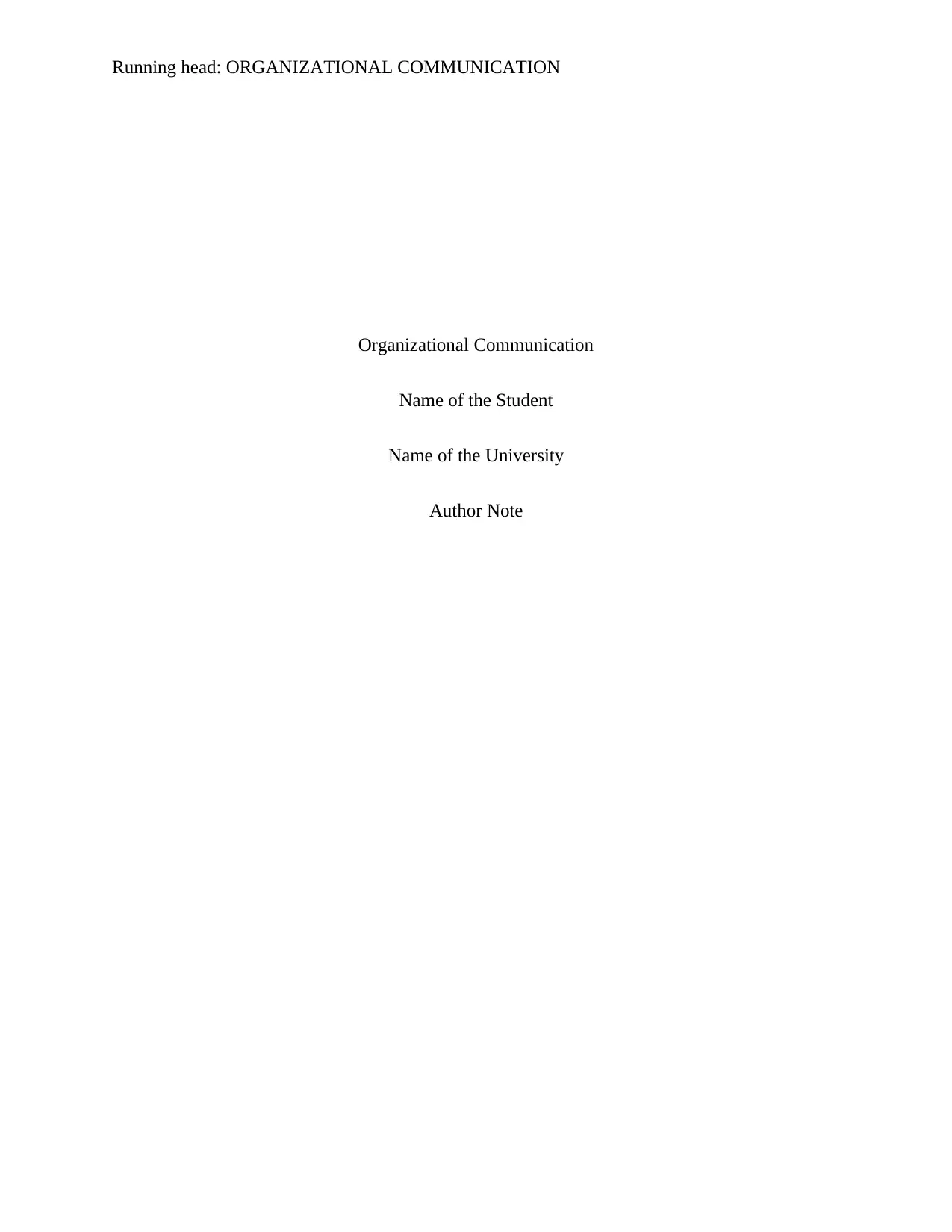
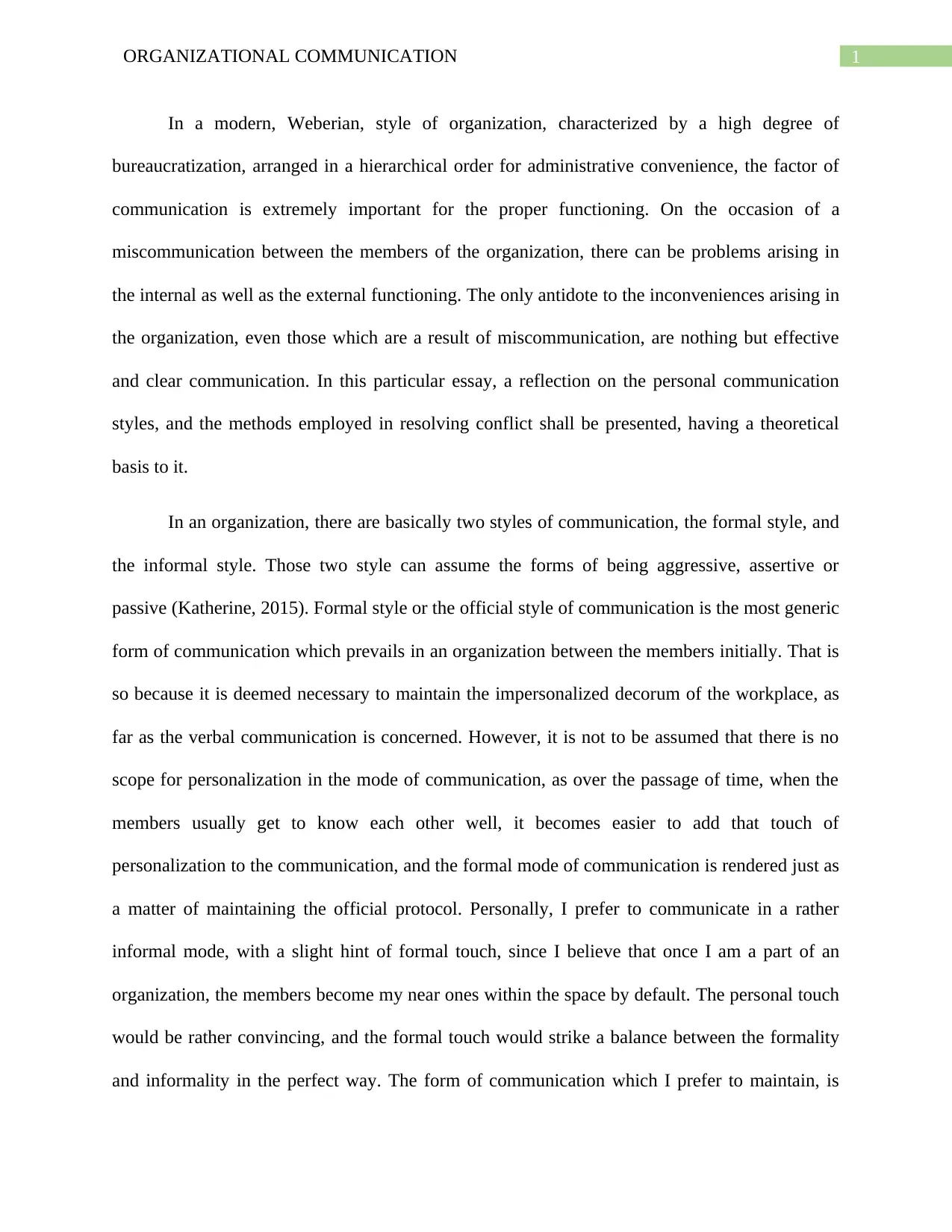
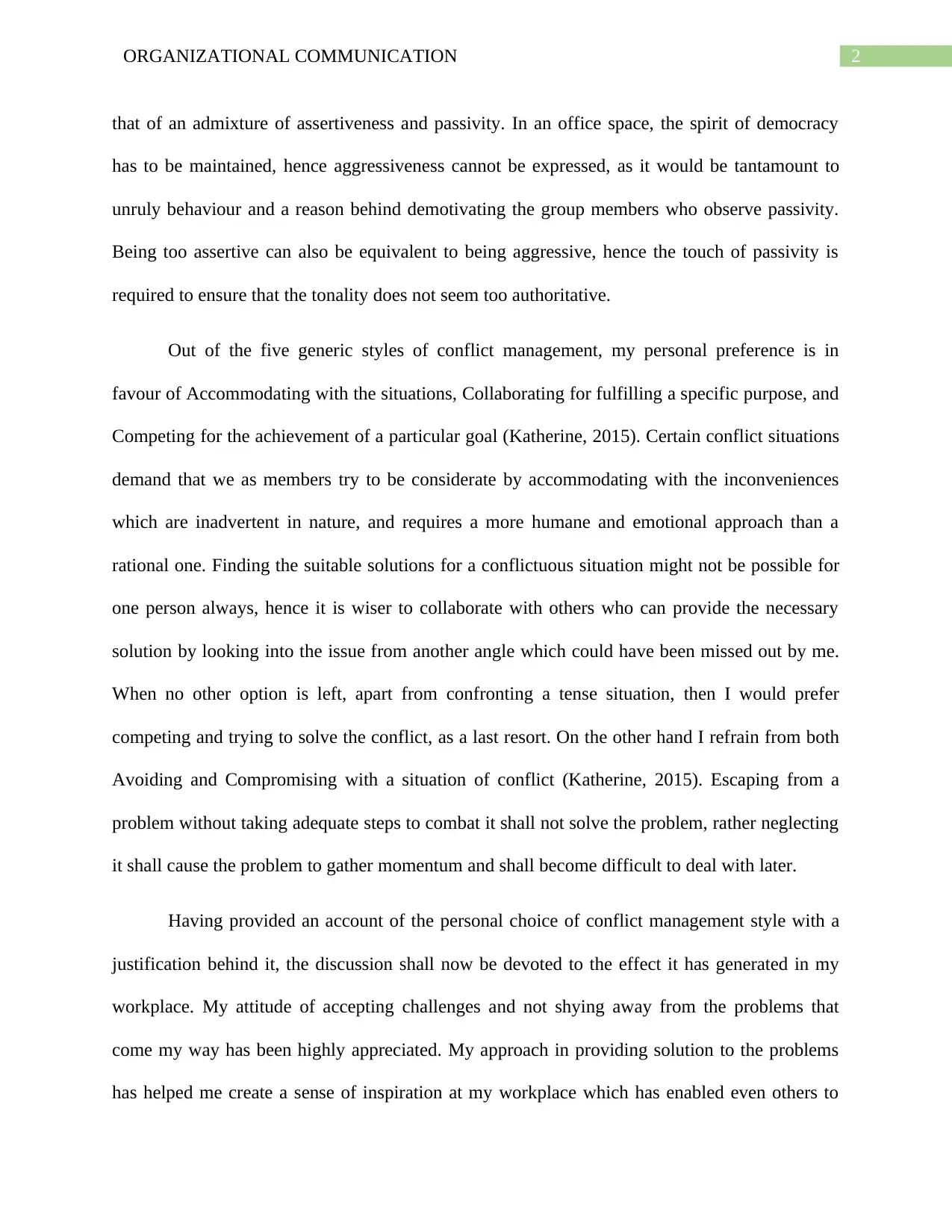

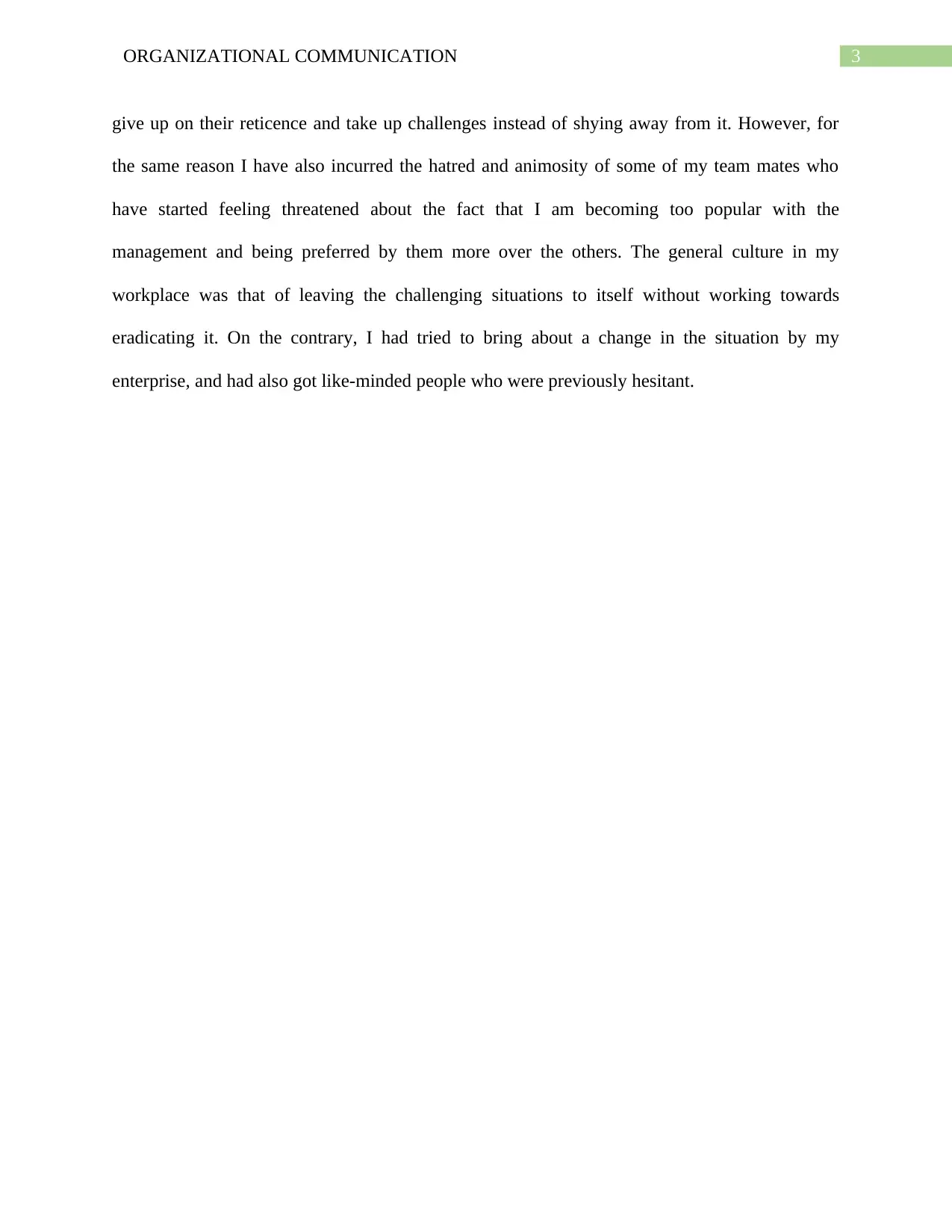
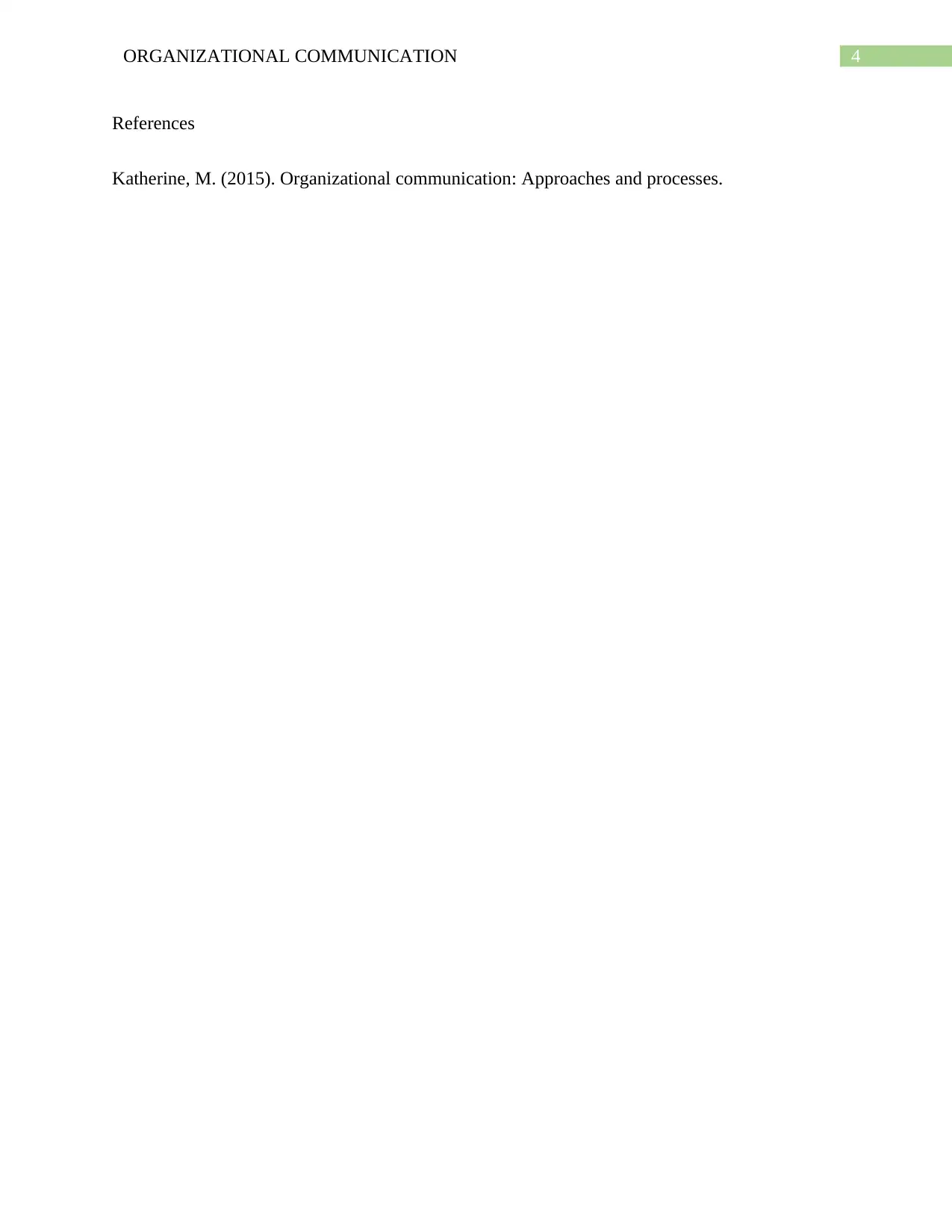

![[object Object]](/_next/static/media/star-bottom.7253800d.svg)